This morning’s hard frost came as quite a surprise. The mild, damp weather of the last two months has lulled us into a sense of false security. No snow, no frozen water troughs or icy farmyard. No heaving of water buckets from the stream to quench the thirst of chilly livestock. No throbbing, freezy fingers, no numb toes paralyzed with cold inside unrelenting wellies, no scarlet, stinging nose poking out of balaclava, whipped numb by the east wind; well, not yet anyway.
The grass continues to grow, spring bulbs push up through mud, snowdrops promise another avalanche of white, while camellias take enormous risks bursting into a profusion of pinks, forgetting completely the perils of early morning sun on icy petals. Even roses continue to produce funny ragged little flowers. It can’t last. A cold snap is bound to arrive but for now the garden seems to think spring is already on its way; I wish!
Fat ewes munch happily in the rain. The wethers, growing fast, race up to me each morning. Bucket tame, they jostle for their breakfast. Last year’s ewe lambs, round and fat now, graze quietly on the top field we call “Dainty” after a naughty erstwhile pony.
As for the pigs they are getting so big. To quote Hugh Fearnly-Wittingstall’s description of his porkers in his wonderful “River Cottage Meat Book”: they arrived as fat puppies and now resemble small hippos. Little hippos they are indeed, I’m learning why it is that so many people love pigs; they are so intelligent, so entertaining. They just make me smile! But sadly it is also becoming clear to me why they are the most abused of farm animals. They require such different husbandry than sheep and cattle. We are fortunate in the UK that new legislation forbids the use of sow crates. UK pigs must have a minimum space in which to exist; still not so great but much, much better than overseas. Sadly this has led to a rise in price in UK pork which in turn means that cheap foreign meat which comes nowhere near our welfare standards, is flooding the market and severely threatening our pig farmers.
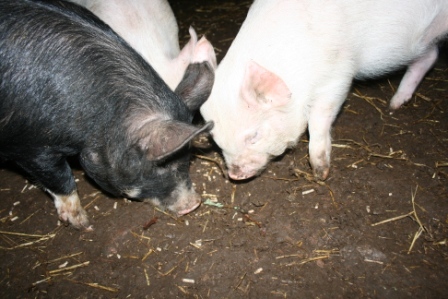 Pigs need regular feeding and attention twice a day. Since the dreadful Foot and Mouth outbreak ten years ago strict laws are in place in this country controlling their diet; no more kitchen scraps or “pig swill”. We must feed only certified pig nuts. Pigs eat neither grass nor straw but love to rootle round in search of tasty morsels in the ground, truffles if possible! Such enthusiasm leads to large holes and much mud but despite this fun they are extraordinarily clean, keeping their sleeping quarters immaculate and pooing only in one designated place. The defamatory “Living like Pigs” is, without doubt, a reflection not of the creatures themselves but of their human captors. My weaners demand and deserve respect and care during their short lives and they will reward that care and attention with wonderful pork.
Pigs need regular feeding and attention twice a day. Since the dreadful Foot and Mouth outbreak ten years ago strict laws are in place in this country controlling their diet; no more kitchen scraps or “pig swill”. We must feed only certified pig nuts. Pigs eat neither grass nor straw but love to rootle round in search of tasty morsels in the ground, truffles if possible! Such enthusiasm leads to large holes and much mud but despite this fun they are extraordinarily clean, keeping their sleeping quarters immaculate and pooing only in one designated place. The defamatory “Living like Pigs” is, without doubt, a reflection not of the creatures themselves but of their human captors. My weaners demand and deserve respect and care during their short lives and they will reward that care and attention with wonderful pork.
No pigs to be seen at this year’s Dartmouth Fat Stock Show. There were sheep, all breeds and sizes, cattle, massive, large and small and yards and yards of ready dressed turkeys. The beautifully restored and refurbished Market Place was filled once more with livestock, as it has been every December over so many years. All the local farming community, young and old, were there for this historic annual meet. Rain, sleet and sunshine took turns with an icy wind which curled around the market walls.
Jilly’s Best in Show bullock and our prize White Face Dartmoor Sheep
The Dartmouth Market we know today was built in 1823. In the 12th century Dartmouth was the fourth most important town in Devon. It was already meeting the needs of commercial shipping. Smith Street, Higher Street and Lower Street formed the town centre on the water’s edge; merchant houses and warehouses backed onto the river making it easy to load and unload cargoes straight from ships. Boats lay alongside for repairs and the quay side was a thriving marketplace, the earliest recorded in 1231. It was a popular place with brewers and vintners! In 1364 it received the Charter of Merchant Vintners increasing trade in cloth and herring as well as wine. Everything arrived by river.
It is so hard to imagine Victoria Road under water until the beginning of the 19th Century. No wheeled vehicle, neither cart nor carriage, could get down the steep hill into the town. The only land access was on horseback and the only carriers were pack ponies. It was not until the Improvement Act of Parliament in 1815 that drainage and land reclamation began in earnest. The crossing places at North Ford and South Ford, uniting the two small towns of Hardness and Clifton, became dry land at last.
By the 1820’s Foss Street was dry land too, leading to the newly built Market Place. At the same time as the construction of the market, the engineer, James Rendall, was working on the New Road to Townstall which would enable horse drawn carriages to join the Turnpike to Kingsbridge and Modbury. For the first time in Dartmouth’s history wheeled vehicles were able to travel to and from the town. Local trade increased dramatically. Farmers were able to bring more produce down to market; no longer were the people solely dependent on the river for food and trade. The New Road was renamed Victoria Road at Queen Victoria’s Jubilee. I wonder where Queen Elizabeth Road will be!
And today the Market is still thriving, restored and modernised once again with plate glass and stainless steel, it houses even more businesses than ever, while still remaining true to its roots. Weekly markets and the Farmers Market flourish and of course the wonderful annual Fat Stock Show each December which still brings livestock into town.
Foss Street shows little evidence of its watery past. Bedecked with flowers in summer it gives us such treasures as Simon Drew and Coombe Farm Gallery. Pat Candy’s Kitchen Shop is one of my favourites. I have to own I find kitchen shops irresistible anywhere and everywhere in the world. I even found one in Soeul in Korea this September; quite marvellous, piled high with unrecognisable kitchen utensils that fortunately wouldn’t fit into my suitcase.
The Seoul Kitchen Shop
But back to Dartmouth; here on our doorstep we find a local market selling wonderful local produce and right round the corner one of the best suppliers of the were-with-all to transform it into something special. Not only is Pat Candy a retailer with years of experience, a huge knowledge of her merchandise and a fantastic flair for presentation, but, she is a cook! It is this, above all else, which gives the Kitchen Shop it’s edge.
Pat Candy’s Kitchen Shop in Dartmouth
So with my kitchen equipped by Pat and my freezer filled with my own lamb and vegetables, local beef from Farmer Phil Bond, Mark Lobb’s wonderful fish and another delicious Oakcroft chicken from Mr Roger’s of Beaworthy, my own pork soon too, winter suppers are looking promising
But first I need a warming Vegetable Soup for a quick lunch. There’s nothing as comforting as a big bowl of homemade soup when dogs and I have been blown home from the farmyard by a sharp south easterly.
I choose the ingredients for soup according to the sort of stock I have in the freezer. This time it’s ham. Onions or shallots are a must and peas go so well with ham but the other ingredients just happen to be in the fridge; the last piece of a large pumpkin, a potato, a couple of large shallots, two big garlic cloves, some parsley stalks, a little salt (ham stock can be salty) and pepper.
The principle is the same for most soup; sweat the chopped shallots or onions, garlic too if you like. Add a peeled diced potato; this will act as the thickening agent. Add diced pumpkin, carrot or other root vegetable but keep the balance of flavour in mind. Remember for example that parsnips, though delicious, are much more dominating than a carrot, pumpkin is mild but will enhance texture and so on. Once your chosen veg are sweated, i.e. softened in their own steam and a little oil in a pan with a heavy lid, you can stir in the stock; simmer gently for about twenty minutes, taste and season. To liquidise or not to liquidise is a matter of taste. Do you like your soup smooth or with bits!
Serve with hot crusty bread and good slightly salted butter.
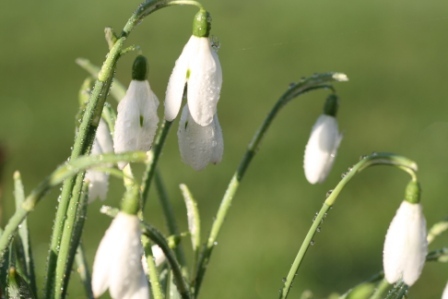

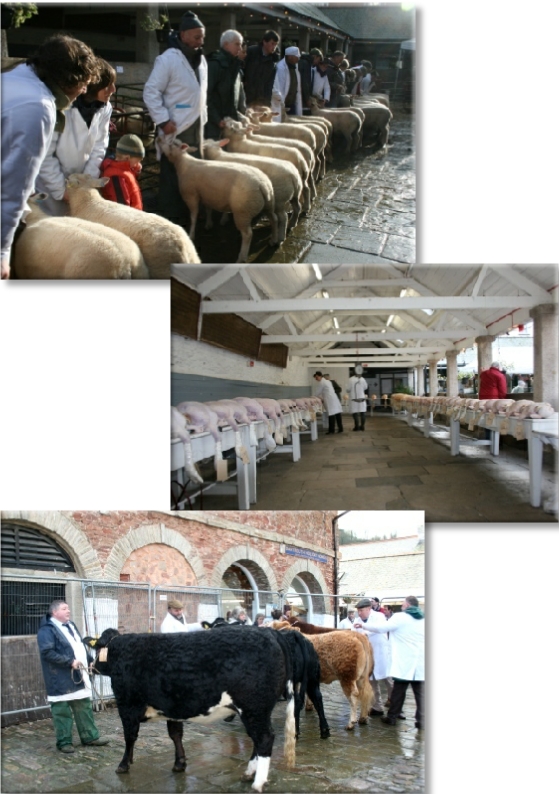
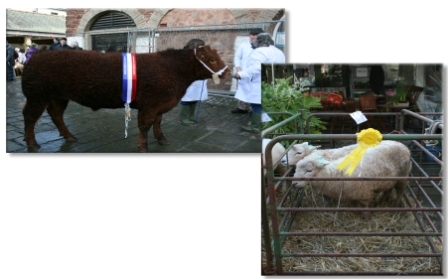

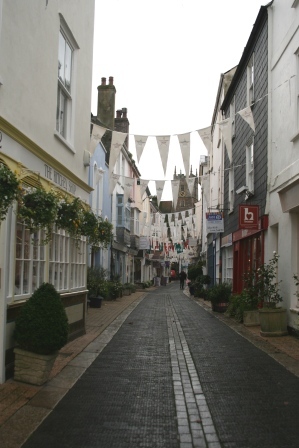
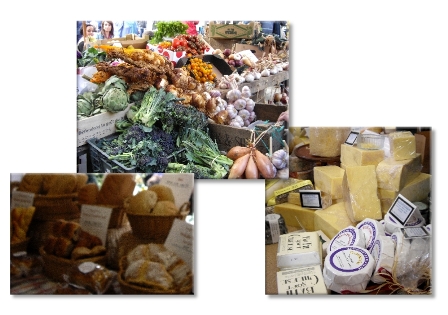
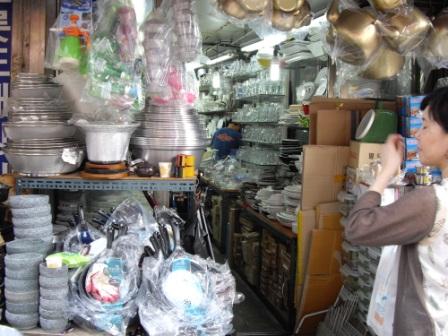
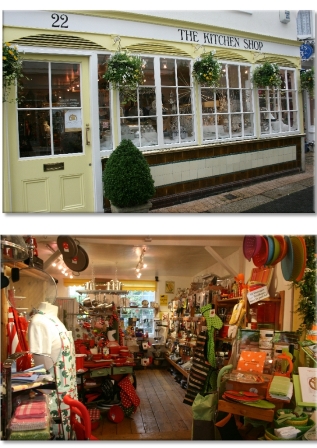
Leave a Reply